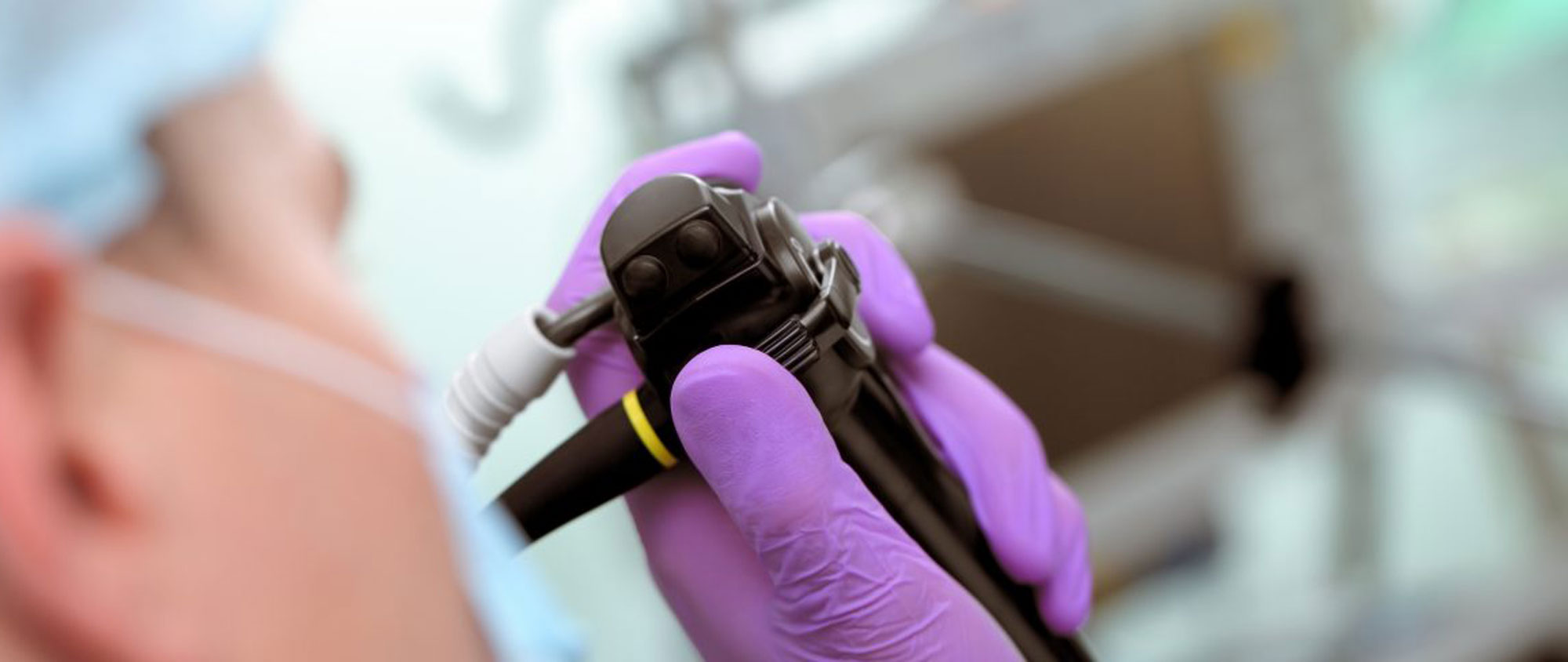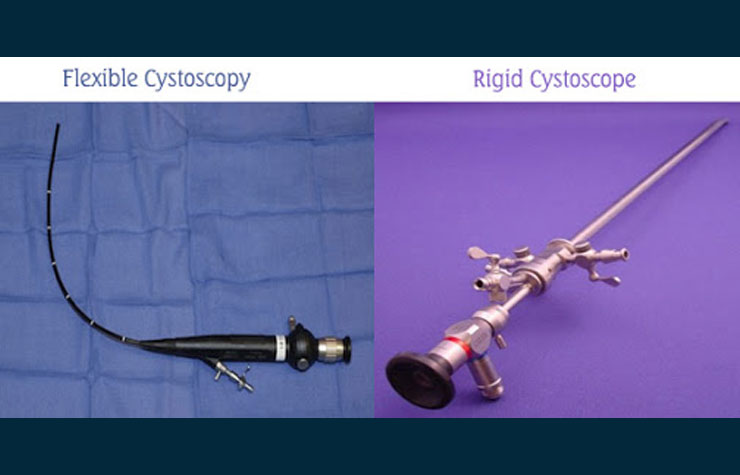The most common one is outpatient examination of your bladder under local anaesthesia(LA) – your doctor is likely to refer to this as flexible cystoscopy under LA. You may be given an antibiotic tablet prior to the procedure to reduce the risk of infection.Following this you may be asked to change into a dressing / hospital gown and asked to lie on the endoscopy table or bed. The kidneys produce urine, which is actively propelled down the ureter into the bladder. The bladder, like a balloon, expands as it gets filled with urine; it stores urine for more than 98% of its life.
After instilling a local anaesthetic gel in the urethra (the tube that carries your urine from the bladder), the urologist will then introduce the flexible cystoscope. You are likely to experience some minor discomfort during the procedure and may have some burning when you pass urine following the procedure. If you have had a stent inserted, this tends to be removed using the flexible cystoscope as an outpatient procedure (see SURGERY FOR STONES – pt guide).
RIGID CYSTOSCOPY
This is similar to flexible cystoscopy, but is usually carried out under spinal or general anesthesia, when the urologist is able to carry out a more detailed evaluation of the bladder. It also allows taking biopsies (samples of the bladder) if they appear suspicious or abnormal. This is usually done as a day case procedure.


